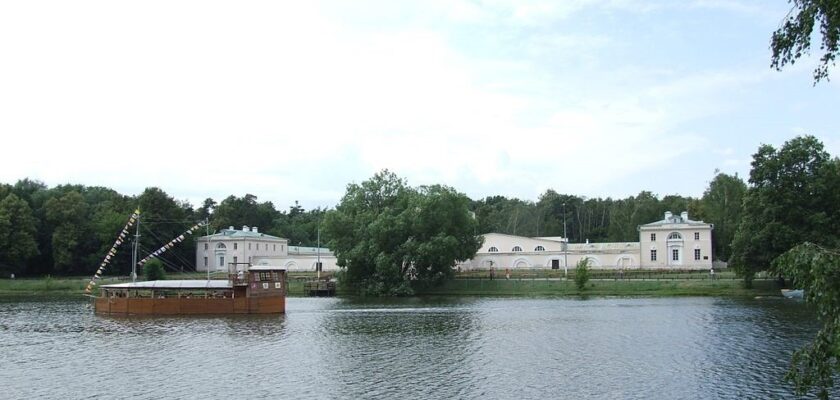Kuzminki Estate
Kuzminki Estate was once considered one of the most beautiful places in Moscow and was called “Russian Versailles”. This picturesque area was characterized by livability and order, was interesting in its architecture and layout. Unfortunately, after the revolution in the XX century, the buildings and the park fell into disrepair, much was destroyed and rebuilt.
.
Now the Kuzminki estate is a museum, on its territory is still being reconstructed. Restorers managed to return the attraction and charm of this place, to recreate the atmosphere of Imperial Russia, emphasize the beauty of nature and preserve the architectural style of the era. Visitors to the estate will be interested not only to visit the exhibitions, but also to walk around the neighborhood, to distract themselves from the bustle and noise of the metropolis.
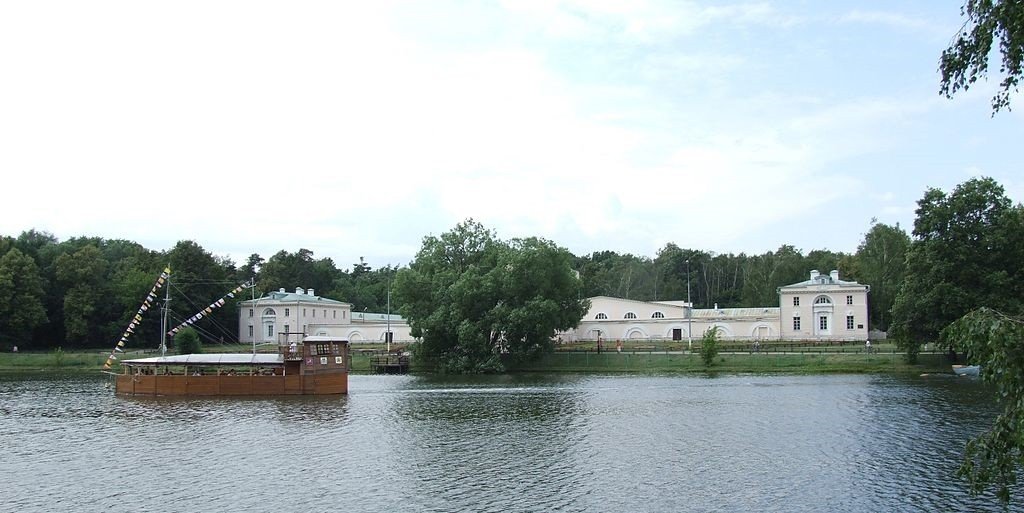
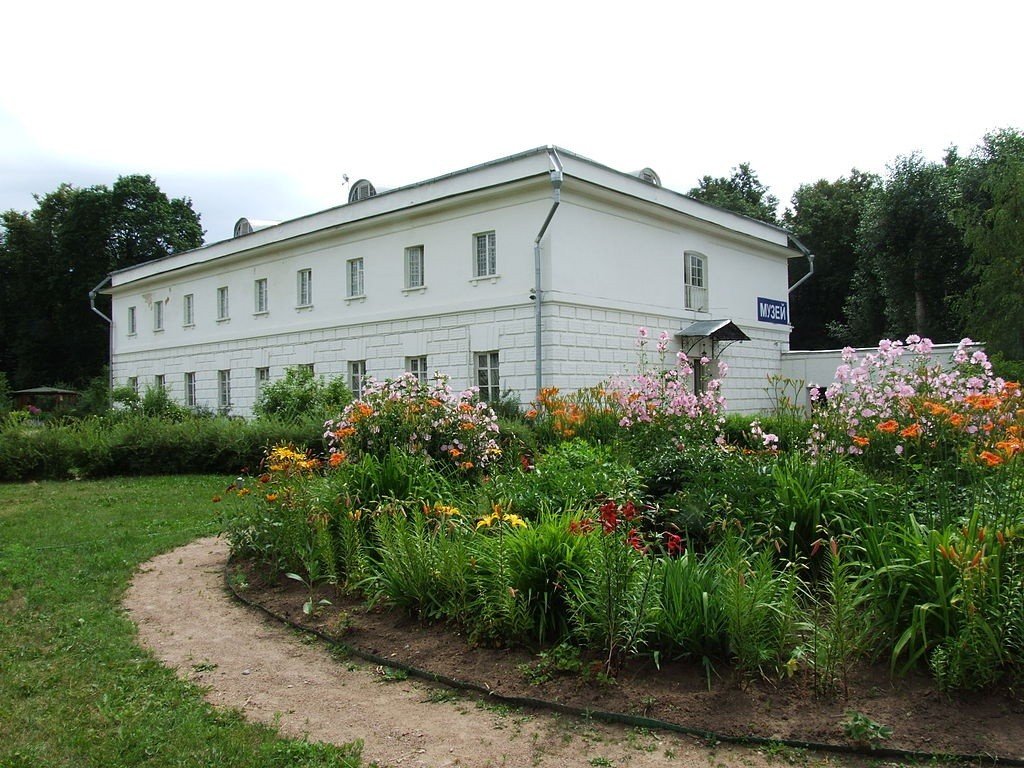
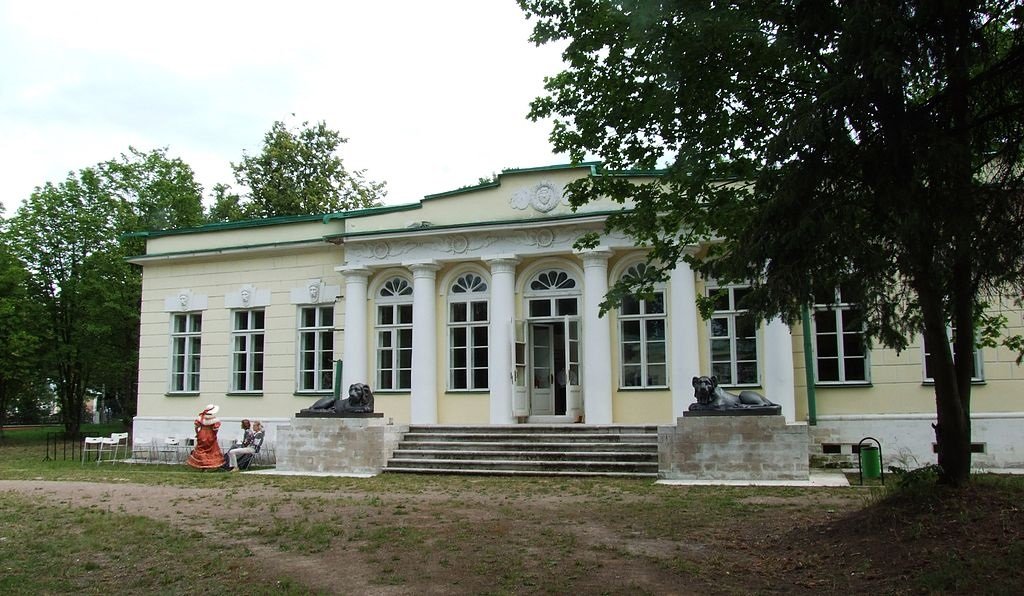
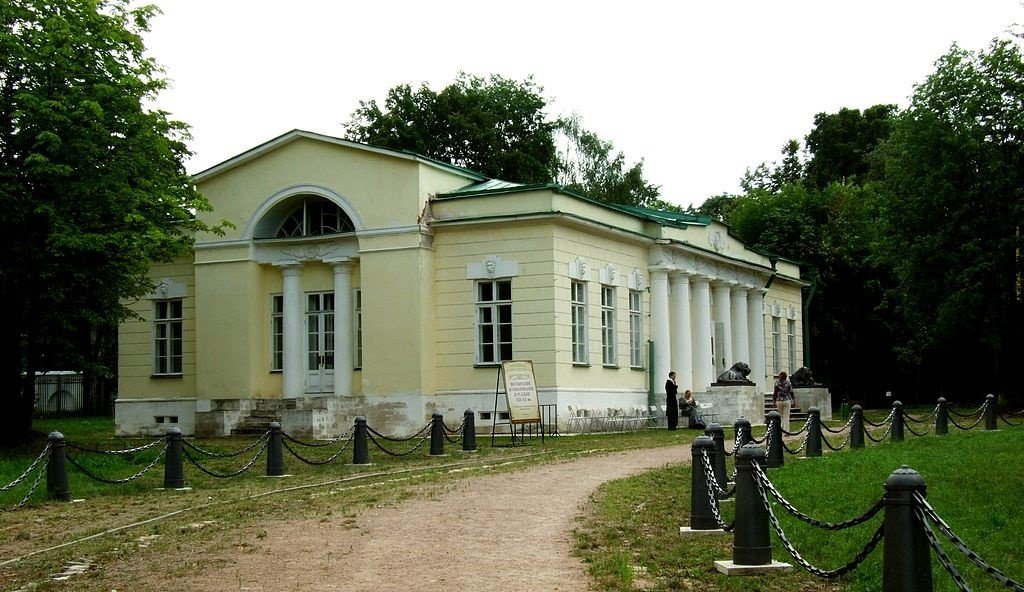
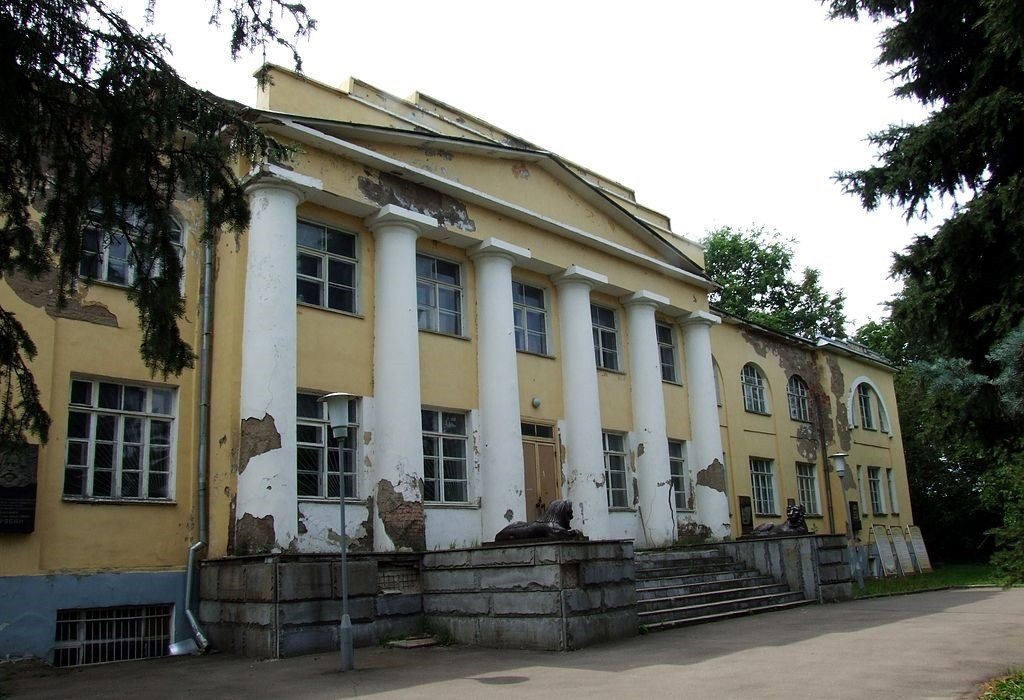
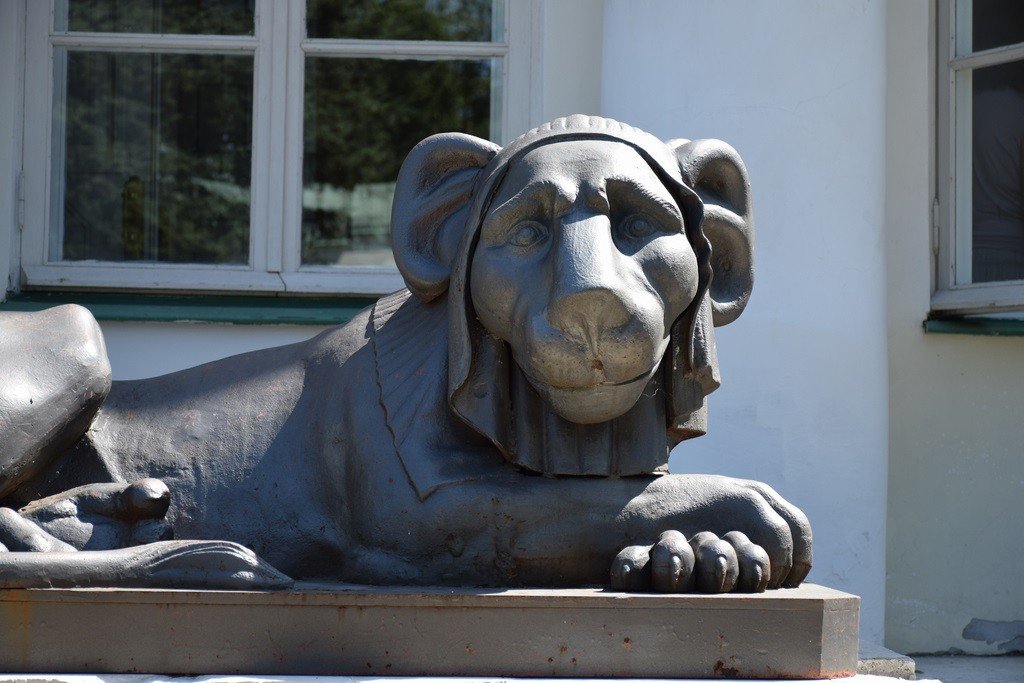
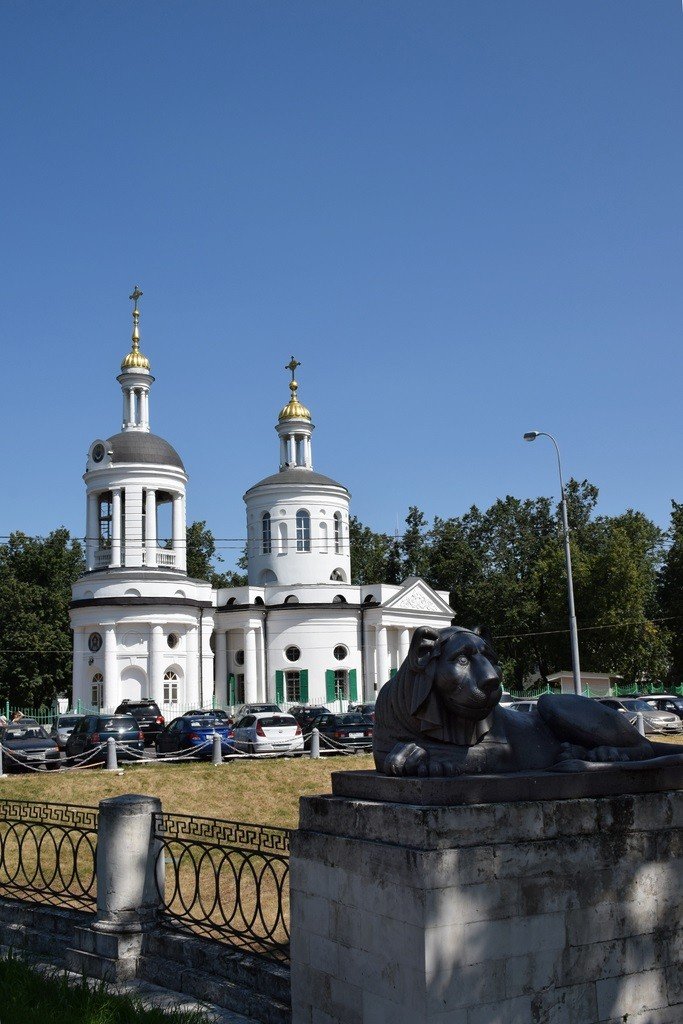
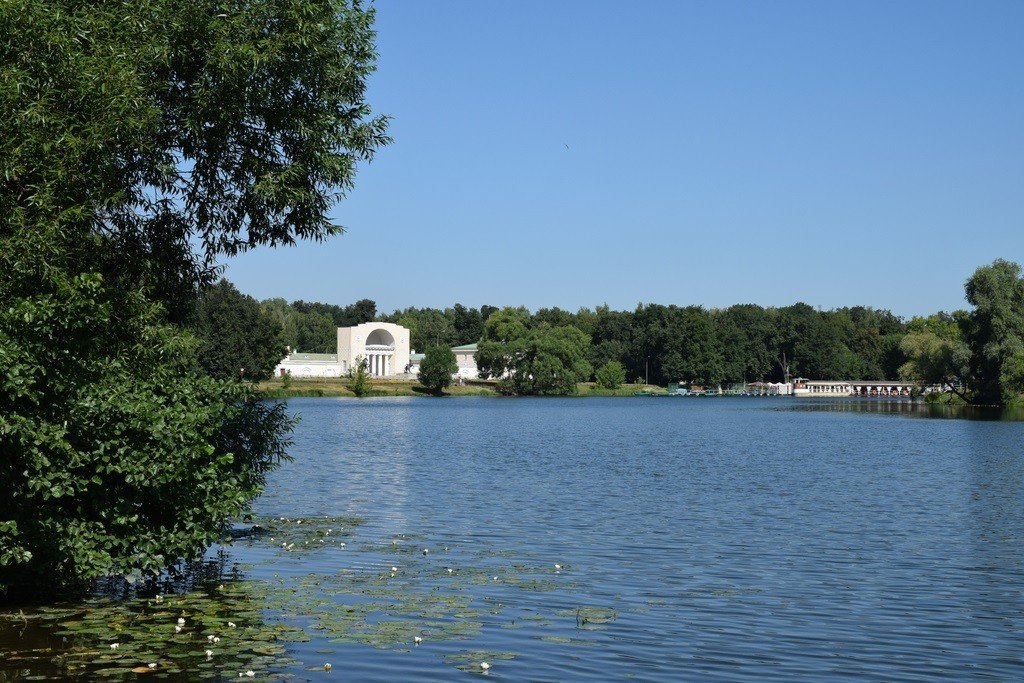
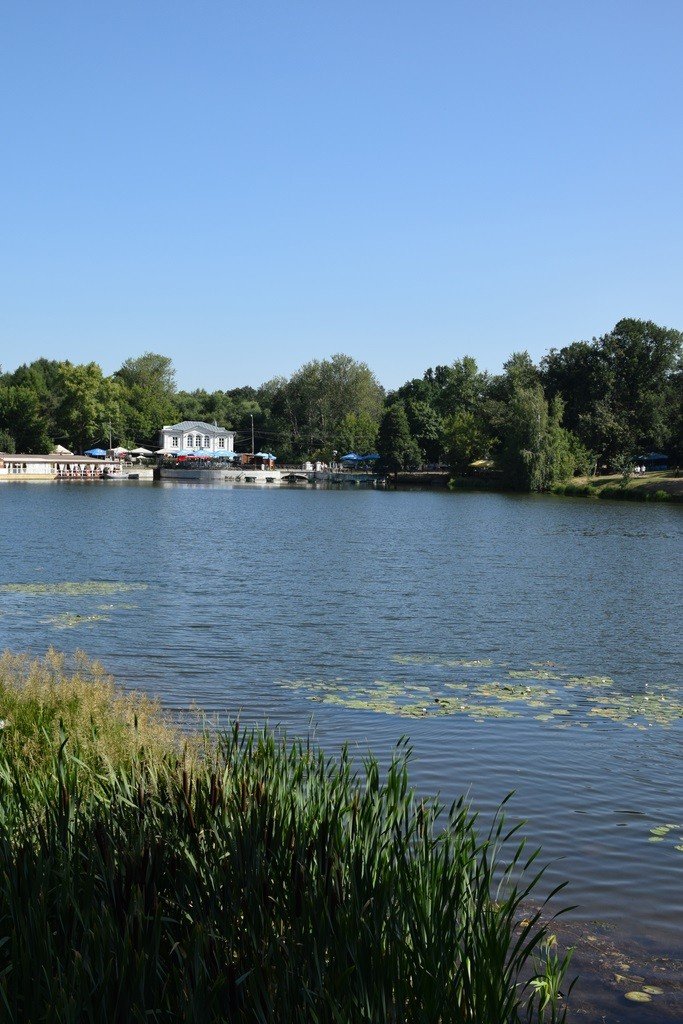
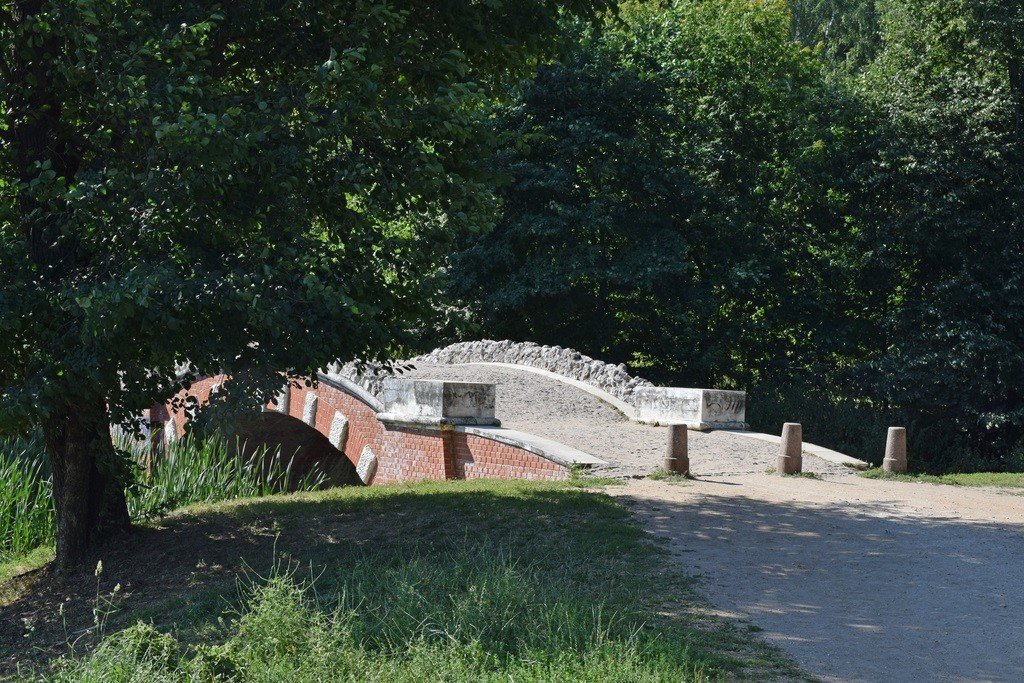
Video: Kuzminki Estate
ContentsHistory of Kuzminki Estate
In the XVII century on the site of the estate was a wasteland, the only building on which was a mill Kuzminka. It gave the name of the estate, given by Peter the Great to the rich industrialist and landowner G. D. Stroganov in the early 18th century. Soon there appeared a lord’s house and buildings for household purposes. With the help of dams it was possible to create a huge beautiful pond.
By 1720 on the territory of the Kuzminki estate on the initiative of the widow of G. D. Stroganov. D. Stroganov, a church in the name of the Blessed Virgin Mary of Vlachernae was erected. Vlaherny is a place near Constantinople, from where Tsar Alexei Mikhailovich received two icons as a gift in 1653. He presented one of them to the Stroganovs. The icon is made in the technique of waxomastic, thanks to which it exudes a pleasant resin aroma even at a very slight increase in temperature..
According to legend, the icon keeps parts of the clothes of the Blessed Virgin Mary, and studies by modern scientists have shown the presence of microscopic fibers of wool in the material. The relic was considered a family heirloom of the Stroganoffs and until the revolution was located in the church of the Kuzminki estate, now it can be viewed in the Tretyakov Gallery.
.
Large-scale improvement of the Kuzminki estate began in the mid-18th century, when the granddaughter of its first owner Anna Alexandrovna married Prince M. M. Golitsyn. The spouses called leading architects and craftsmen, under whose guidance many buildings were rebuilt, a park, wharves, pavilions, ponds were created.
.
During the Patriotic War of 1812 the Kuzminki estate was captured by the French military, it was subsequently looted. Restoration after the departure of the invaders was taken up by Anna Alexandrovna’s son S. M. Golitsyn. On his order, one of the best architects of the time, Dominique Gilyardi, was invited. According to his designs they built the Music Pavilion of the Horse Court, the Lion’s Wharf, reconstructed the Lord’s House and other buildings.
.
Descendants of S. M. Golitsyn, who received the Kuzminki estate by inheritance, had little interest in it. His grandnephew, Sergei Mikhailovich, came for a while for the summer, but soon gave the house to his former wife. In 1912, the authorities bought the Kuzminki estate, and the prince took the family heirlooms to Dubrovitsy.
.
After the sale, all the buildings, except for the main house, were rented out for summer houses. A hospital was set up in the master’s house. In 1916, as a result of a fire, the Manor House completely burned down. After the revolution, the Institute of Experimental Veterinary Medicine was built in its place. Many other buildings were also rebuilt or destroyed, the Kuzminki estate gradually fell into disrepair. The church was closed, cast-iron benches, ornaments, gates and various decorative elements were scrapped, a significant part of the park was cut down.
.The attention of the authorities to the estate complex returned again in 1997, when the historical and cultural complex “Kuzminki-Lublino” was formed here. Since 1999, the Kuzminki estate became a museum, the restoration of architectural and natural objects began. Today it is the largest estate in Moscow in terms of the number of buildings, but most of them have been erected already in our days according to surviving photographs and paintings.
.Interesting places to visit
There are many architectural objects on the territory of the Kuzminki estate, but only the museum in the building of the servants’ wing, the Horse Yard are open to the public, and in the warm season visitors are allowed into the Eastern and Western wings of the lord’s house.
.Despite the fact that the main building of the Kuzminki estate is a construction of Soviet times, there are widespread rumors about ghosts dwelling there – the souls of deceased gentlemen. In its premises even held filming of the popular program “Battle of the Psychics” – the participants tried to establish a connection with the spirits of the past. But visitors to the park on the building can only admire the building from the side – not allowed to pass even on the homestead territory, enclosed by a fence.
.
But at the Horse Yard there are constantly functioning expositions devoted to the life of Russian nobles. The exhibition of carriages of the XIX-XX centuries deserves special attention. In the Musical Pavilion regularly held concerts of classical music. The Horse Yard is a beautiful architectural complex with a well-thought-out landscape layout. The U-shaped structure housed stables for elite trotters, rooms for carriages, household and guest rooms.
.
The main attraction and the center of the architectural composition was the Music Pavilion. It was designed to amplify acoustics. When musicians performed here, they could be heard on the other side of the pond – the owners of the Kuzminki estate could enjoy a magnificent concert right from their homes. The music pavilion burned down in 1978, and what visitors see now is a copy of the building restored by 2004.
.
Opposite the Horse Court are grottoes designed for resting from the heat. Theatrical performances were held in them under the Golitsyns. Sound from the Music Pavilion resonated here, creating a beautiful surround sound. Now the passage inside is closed with bars, but it will be interesting to walk nearby.
.
Another lost and fully restored place is the Lion’s Wharf. From the observation deck on the bank of the pond you can enjoy a beautiful view of the natural park. The stone fences are decorated with majestic cast-iron figures of Egyptian lions. There used to be a pier at the Propylaea pavilion on the opposite bank, and a ferry used to run between them. But the Propylaea has not survived to this day – the pavilion was dismantled for firewood by employees of the Institute of Veterinary Medicine. Now it is planned to restore it.
.Near the pond is a recreation area with playgrounds, cafes and benches. Here you can take a walk, go boating or take a trip on a river steamer. In general, the park “Kuzminki-Lublino” is well-maintained and clean – a great place for both young and old people to relax. Near the recreation area is located House on the dam. Previously it was a mill, but when it was no longer necessary, on the foundations erected a residential house, which accommodated guests.
.An interesting object of the Kuzminki estate is the Pomerantsevaya greenhouse. Now it is in disrepair and is gradually being destroyed. This building was conceived as a greenhouse – oranges, lemons, strawberries, pineapples, melons and watermelons were grown here. And it was not just a hobby – the income from the sale of pineapples alone in 1856 amounted to 3.5 thousand rubles. In addition, the greenhouse was used as a gazebo for receiving guests. But after the building was handed over for summer houses, the continuous glazing of the facades was destroyed, windows were cut in the walls, and it became an ordinary residential building. Later there were also several fires here, now the Pomerantz Orangery is in a state of disrepair, unused and not being restored.
The Egyptian Pavilion is another building of the same style as the Pomerantz Greenhouse. The structure was designed for food preparation and storage. The pavilion has an interesting architectural design: windows tapering upwards, decorated with lion figures, lotus and palm leaf ornaments; centered on the facade above the entrance is a winged Egyptian disk. The pavilion and greenhouse are the only pre-revolutionary Egyptian style buildings in Moscow.
.
An inconspicuous corner of the Kuzminki estate among the greenery is the Ptichnik, or Forge. Before the Patriotic War of 1812, the building was the center of the Ptichny Yard, where they bred poultry, including exotic species. But French troops killed all the inhabitants, and the building itself was seriously damaged after an arson attack. Later, during the restoration, a second floor was added, and the Ptichnik was turned into a forge, where horseshoes were forged for the horse yard. During the Soviet period the building was used as a dwelling, and various additions were made to it. Currently, the complex has been restored.
.And finally, one of the main attractions of the Kuzminki estate is the temple of the Blachernae Icon of the Mother of God. It was twice burned to the ground: in 1732, when it was still wooden, then already stone in 1758. In 1762 it was built for the third time, in this form and has survived to this day.
.Exhibitions and events
The Museum of Russian Estate Culture in Kuzminky is open every day except Monday: from 10:00 to 18:00 on Tuesday-Friday and Sunday, and from 12:00 to 20:00 on Saturdays. The ticket office stops working half an hour before the museum closes. About 40 types of tours are offered to visitors. Educational and festive events are oriented for people of all ages. The ticket costs 200 p. for adults, 100 p. for children. Free of charge the main exposition can be visited on the third Sunday of each month.
.Popular excursions:
.- “Meet the Golitsyns!” – visitors will be told about the history of the Kuzminki estate, the life of its owners, and how the nobility’s life was organized;
- visiting exhibitions of the Horse Yard and stables;
- walking tour of architectural sights with a guide.
The first two programs cost 300 p. for an individual visit, 200 p. – for organized groups, duration – 45 minutes. A walk with sightseeing costs 400 rubles per person and will take about an hour and a half.
.
There are a number of special programs for certain categories of visitors:
- historical interactive program for toddlers and first graders;
- older schoolchildren will be interested in programs devoted to the history of the Kuzminki estate, its cultural life, calendar holidays, everyday life, life of children of nobles and peasants in pre-revolutionary Russia, rules of upbringing and etiquette;
- outdoor picnic and costume ball – 2-hour entertainment programs for children;
- high school students and adults will be interested in costumed excursions with story games of historical themes, educational and entertaining events with tea parties, discussion of the structure of estate life, what the inhabitants of the Kuzminki estate were interested in and passionate about in the times of Tsarist Russia; .
- family program about upbringing and education of children in noble families;
- family quest on the territory of the estate;
- special programs for children with disabilities, including visits to the stables and horseback riding.
The cost of excursions is within 300-500 rubles per person. Quest will cost 200 p. + a deposit of 2000 rubles.
.
In the museum you can order a birthday party or wedding. For children’s birthdays there are 2 variants of programs: in the style of a costume ball and at the Horse Yard. The price of events – 13 000 rubles, the duration of the program – 2 hours.
.
Wedding celebration in the Kuzminki estate includes a meeting of the newlyweds, a walk along Poplar Alley, the official registration of marriage in a solemn atmosphere in a special hall, handing a horseshoe for a happy family life, a walk and photo session with a staff member, riding in a horse-drawn carriage. The cost of the event is negotiated individually.
.Any visitor can ride horses for 150 p., have a tea party – 200 p. for half an hour, play ancient games, such as croquet (200 p. for 30 minutes on your own and 400 p. with an instructor), have a 30-minute photo session worth 2000 p.
.Also on the territory work arboretum and aviary complex, where there are owls, turkeys, pheasants, goats, sheep and squirrels. An annual flower garden festival is held, featuring beautiful outdoor themed compositions. In winter there is a snow park with ice and snow figures, the estate of Santa Claus is open to the public, New Year’s Eve celebrations and performances for children are organized.
.There are two unusual museums on the territory of the park. The first is the Literary Museum of Konstantin Georgievich Paustovsky, which is also called the House of the Gardener. Next to it is the Honey Museum, inside it looks like an apiary with beehives. Visitors will be offered to put on special costumes and learn the process of making honey in practice. Near the museum you can take a picture at the monument to the bee.
.How to get there
The servants’ wing is located at 6, Topolevaya Alley, and the Horse Yard is located at 13-15, Starye Kuzminki. The best way to get there is by metro, Ryazansky Prospekt station. You can also walk from Volzhskaya, Kuzminki, Lyublino and Tekstilshchiki stations.
.To get to the Kuzminki estate you can take bus number 29 and route cab number 429M, you will need to get off at the final stop.
.